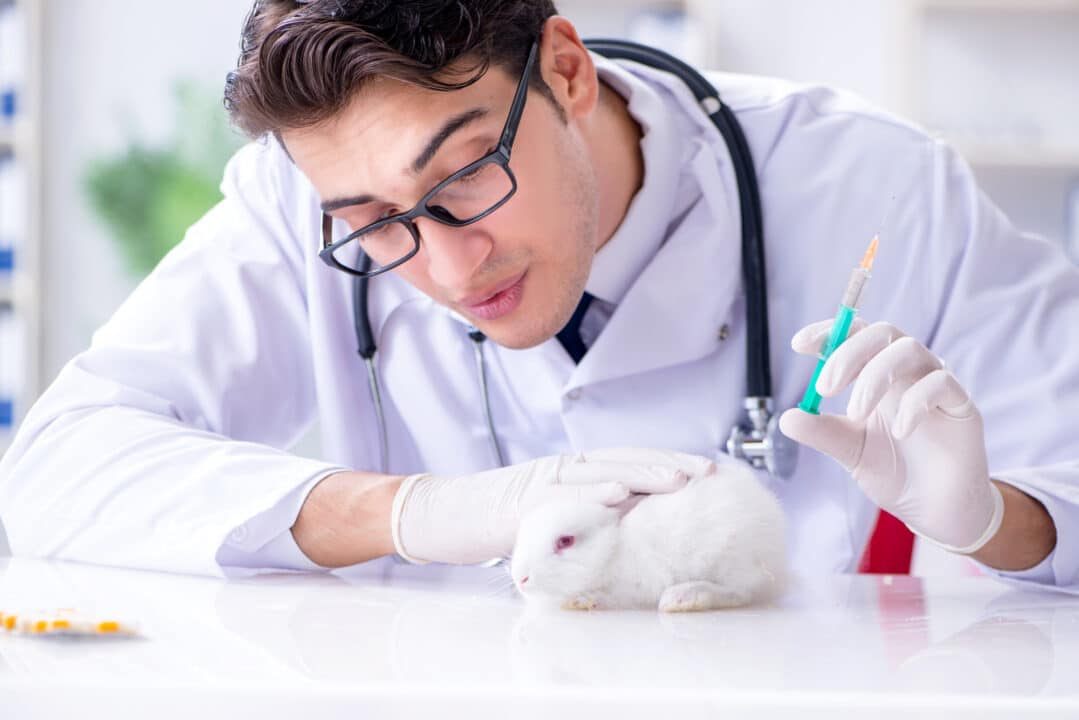The Be Cruelty-Free campaign, a global initiative led by the Humane Society International, has emerged as a pivotal force in reshaping the cosmetics industry. This movement’s core aim is to end animal testing for cosmetics worldwide, a goal that is gaining traction amid growing consumer awareness and regulatory changes. The campaign’s influence has been significant, prompting legislative changes, corporate policy shifts, and a broader public conversation about ethical consumerism.
Table of Contents
Key Facts
- 500,000+ animals suffer and die each year in cosmetics testing
- 1000+ Companies are already certified “cruelty-free”
- Only 45+ Countries have passed laws banning cosmetic animal testing
The Campaign’s Mission and Impact
Launched by the Humane Society International, the Be Cruelty-Free campaign is the largest effort in history to end cosmetic animal testing globally. This campaign focuses on engaging lawmakers, corporate entities, and consumers to foster a cruelty-free cosmetics market.
One of the campaign’s major successes has been its role in driving legislative change. Numerous countries, including the European Union, India, and Australia, have enacted bans on animal testing for cosmetics, largely influenced by the campaign’s advocacy. The European Union’s ban, in particular, has set a precedent, encouraging other regions to follow suit.
Corporate Response to the Movement
The campaign has also prompted significant shifts in corporate policies. Major cosmetic companies, traditionally reliant on animal testing, are increasingly adopting alternative testing methods. These include in vitro testing and computer modeling, which are not only more ethical but often more effective and cost-efficient.
Estée Lauder, a cosmetics giant, has joined the Be Cruelty-Free campaign, reflecting the industry’s changing tide. Despite this, the company’s continued sale of products in markets where animal testing is required, such as China, highlights the complexities and challenges within the movement.
Consumer Awareness and Market Trends
Consumer awareness plays a crucial role in the campaign’s strategy. The movement has been successful in educating the public about the realities of animal testing, leading to a surge in demand for cruelty-free products. This shift is evident in the growing market share of cruelty-free brands and the proliferation of cruelty-free certifications on product labels.
The Indian cosmetics market, for instance, is witnessing a significant rise in demand for green cosmetics, emphasizing cruelty-free and vegan products. This trend aligns with the Be Cruelty-Free campaign’s objectives and demonstrates the power of informed consumer choice in driving industry change.
Challenges and Criticisms
Despite its successes, the Be Cruelty-Free campaign faces challenges. One major hurdle is the regulatory landscape in countries like China, where animal testing is mandated for certain imported cosmetics. Although China has made strides in lifting some of these requirements, the path to a fully cruelty-free market is complex.
Critics of the movement argue that the focus on banning animal testing may overlook other important aspects of ethical consumerism, such as sustainable sourcing and labor practices. Balancing these diverse concerns remains a challenge for the campaign and the broader industry.
The Road Ahead
The future of the Be Cruelty-Free campaign appears promising but requires sustained effort and collaboration across various sectors. Legislative changes, technological advancements in testing methods, and continued consumer advocacy are key to achieving the campaign’s objectives.
The movement also underscores the need for a global paradigm shift in how cosmetics are tested and produced. As consumer preferences evolve towards more ethical and sustainable choices, the cosmetics industry must adapt to meet these new standards.
Final Thoughts!
The Be Cruelty-Free campaign represents a significant step towards a more ethical and humane cosmetics industry. Its impact on legislation, corporate practices, and consumer behavior has been profound, catalyzing a global movement towards cruelty-free beauty. While challenges remain, the campaign’s successes offer hope and a blueprint for creating a world where beauty does not come at the expense of animal welfare.

